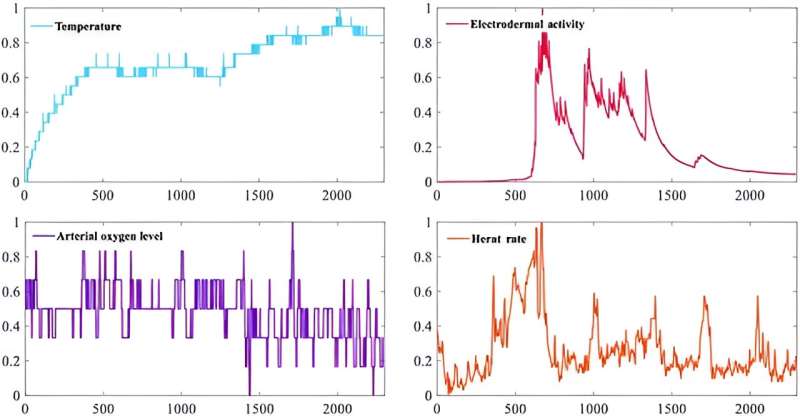
JUNE 4, 2024 by Beijing Institute of Technology Press Co., Ltd
Collected at : https://techxplore.com/news/2024-06-emotion-recognition-technology.html
Researchers at Huazhong University of Science and Technology have achieved a significant breakthrough in emotion recognition technology, introducing a novel system that could transform the way we interact with machines and monitor mental health. The new technology, known as Domain Generalization and Residual Network-Based Emotion Recognition from Physiological Signals (DGR-ERPS), leverages complex physiological signals to accurately determine human emotions.
The work is published in the journal Cyborg and Bionic Systems.
The innovative DGR-ERPS system addresses several key challenges previously hindering the reliability and efficiency of emotion recognition technology. By utilizing a sophisticated combination of domain generalization and advanced residual networks, this system excels in analyzing physiological signals such as heart rate, skin temperature, and electrical activity, which are indicative of a person’s emotional state.
Innovations in emotion recognition:
- High-fidelity signal processing: DGR-ERPS processes signals with high temporal resolution, capturing the subtle fluctuations that indicate emotional changes.
- Residual networks for enhanced accuracy: The use of residual networks in DGR-ERPS allows for deeper learning models that can effectively handle the complexities of multi-signal integration, improving the accuracy of emotion detection.
- Domain generalization for robust performance: This feature helps the system perform well across different individuals and environments by generalizing training from multiple sources, thereby reducing the model’s dependency on any single data source.
The DGR-ERPS model was rigorously tested on multiple real-world datasets and consistently outperformed existing models. “Our system not only adapts to different people with varying physiological signals but also maintains high accuracy in dynamic, real-world environments where traditional models often fail,” explained Dr. Jiang Li, the project’s lead researcher.
The core technology involves segmenting and aligning domains of emotional data, enabling the system to learn from diverse emotional expressions and scenarios. This approach significantly diminishes the common problem of temporal covariate shift (TCS), where changes over time can skew emotion recognition systems.
The potential applications of the DGR-ERPS are vast and varied. In health care, this technology can be integrated into mental health monitoring systems to provide real-time, accurate assessments of patient emotional states, potentially revolutionizing treatments for conditions like depression and anxiety. In the automotive industry, emotion recognition can enhance driver safety by adjusting vehicle responses based on the driver’s emotional state.
Furthermore, the technology has significant implications for personalized advertising and customer service, where understanding client emotions can lead to better service delivery and customer satisfaction. Educational applications are also being explored, where the system could help in adjusting teaching methods based on the emotional responses of students.
More information: Junnan Li et al, A Domain Generalization and Residual Network-Based Emotion Recognition from Physiological Signals, Cyborg and Bionic Systems (2023). DOI: 10.34133/cbsystems.0074
Journal information: Cyborg and Bionic Systems

Leave a Reply